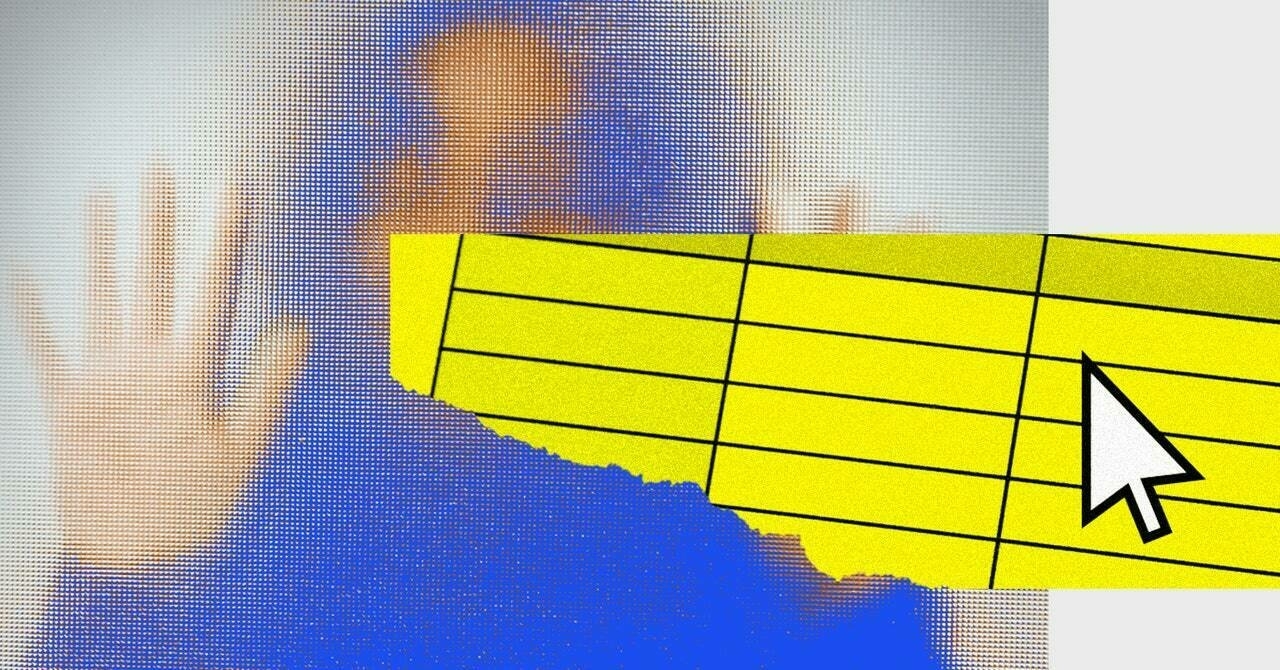The web is fragmentary
I love that this article channels both Tracey Ullman’s excellent book Close to the Machine and the weird allure of spreadsheets. I have a love/hate relationship with the latter, I have to say.
The key point that this article makes, which I think a few of us realised even before the pandemic, is that the web is fragmentary by default. Huge silos of common experience will come and go, and that’s OK.
Source: There’s No Such Thing as a One-Size-Fits-All Web | WIREDIf we were to wipe the slate clean—no more platform-specific formats, no more slick UIs, no more engagement-capturing algorithms—would web users even know what to make online? The question has felt particularly acute these past few months, as Twitter users flounder to figure out where to go next, even as they still feel tethered to the increasingly broken platform. Setting aside the very real issue of building a critical mass of users on another site, the question of what to do on another site runs through many of these conversations. In an ideal world, what would a platform allow a user to do?
[...]Creation on the web has always been about those constraints, whether technical limitations or the specific ways systems were designed. By the late ’90s, the web had grown much more participatory than the one Ellen Ullman was writing about. With a little HTML and CSS, ordinary users could create all sorts of things on the proverbial blank page—so long it was mostly text, with maybe a few low-res images or the occasional sparkly animated gif. The first decade of the 2000s saw the rise of both social networking and blogging, but even as technical capabilities were rapidly expanding, for the average user it was far less of a free-for-all than the DIY spirit of the early years. The Web 2.0 shift to user-generated content centered the user—but it was on the platforms’ terms. And in an effort to make content creation as “user-friendly” as possible, platforms were once again, after the openness of the webring/Geocities era, building narrow pathways for users to take.
[…]
But constraints on the web today aren’t just about what our tools encourage us to do on a technical level—they’re also about what it’s like, more broadly, to use a platform. “On the old-school internet that I was on when I was a teenager, the constraints were the tools,” says [Michael Ann DeVito, a postdoctoral computing innovation fellow in the Department of Information Science at the University of Colorado Boulder]. “Could you create a hit viral video in 1996? No, we did not have the technology and infrastructure to get that video distributed. For a one-minute video, you would spend two days uploading it, and nobody would have had the connection to download it. The systems didn’t afford that kind of expression.”
[…]
The ideal solution likely lies in multiplicity: no massively scaled platform can do everything, so why continue trying to make one size only sort of fit all? Fragmenting our social and creative platforms wouldn’t just expand the ways we could share things with the world; a greater variety of affordances—and yes, constraints as well—would give us a greater range of pathways into creativity. As the current big platforms rush to copy each other (or, more to the point, copy TikTok), the idea of smaller, more varied platforms might feel antithetical; so, too, might the idea that the tech industry would be willing to invest in something that won’t endlessly grow. But the current platform malaise won’t be solved by scale and brute force. Users have many different needs, and in the next era of the web, they should be offered many different solutions.
